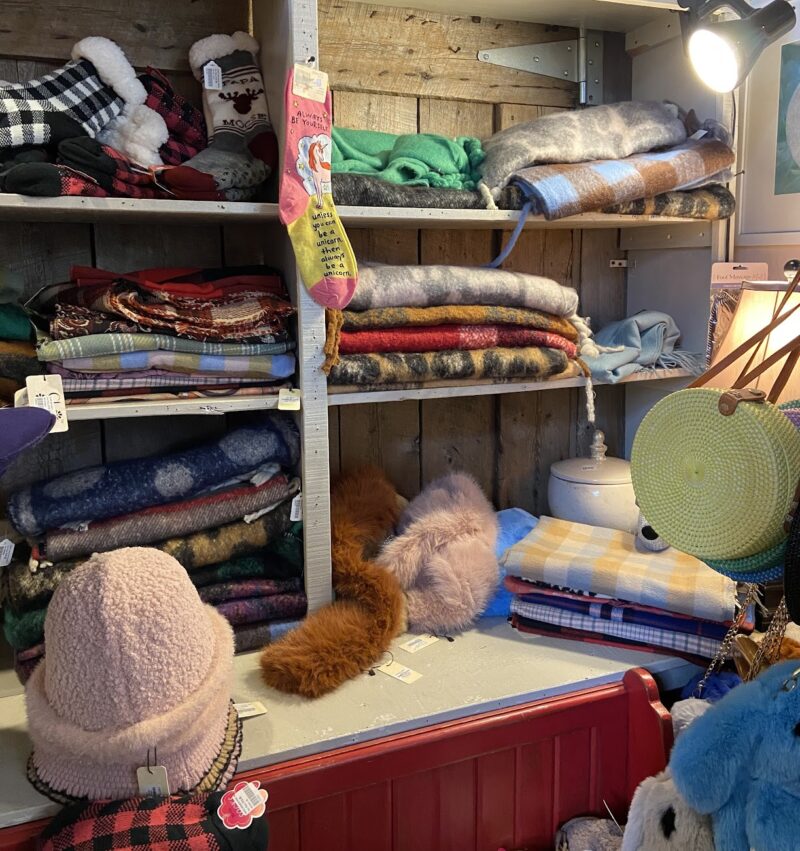The image of the Sylvanian family (or Calico Critters are they’re now called) rose to my mind as I began reading the first few chapters of Betty Friedan’s The Feminine Mystique.
The Calico Critters are a family of bunnies, squirrels, and other tiny animal figurines that are clothed like pioneers and dwell in the daintiest model houses. I don’t know how well-known they are among children now but I think my generation raved over them. What made them so desirable was how exquisite each detail was, how adorable the brown-tipped ears of the bunnies, and their that set them apart as rare and precious. In elementary, none of the girls in my class were wealthy enough to have the full set: the mother, father, brother, sister bunnies, the grandparents and baby bunnies, and the three-story mansion. But one of the girls did have a smaller version of the house, in which lived two sister bunnies dressed in aprons, and the living room furnished with little paintings and carpets. It was where we all made a beeline toward whenever she invited us over.
Why should a chapter about the rising myth of the housewife among American women in the fifties remind me of the toy set? Because of their domesticity, their routine, their miniature, homely walls. I think that the perfect details that the creators of Calico Critters infused the homes with were meant to stimulate the desire that young girls are often born with: to take care of little animals, provide homes and beds for tiny figures, to create a little empire of their own where everything is manicured and aesthetic, filled with pleasant-looking tenants. The problem, the “problem without a name,” says Betty Friedan in the first chapter, is that the postwar era took this fantasy and amplified it—commercialized it as the image of “woman equals housewife” across magazine covers and articles—and then cemented it as an end. “As she made the beds,” Friedan says of the American woman who lived in this era, “shopped for groceries, matched slipcover material, ate peanut butter sandwiches with her children, chauffeured Cub Scouts and Brownies, lay beside her husband at night—she was afraid to ask even of herself the silent question—‘Is this all?’”
The problem bound countless American women together eventually mounted into the second-wave feminism in the sixties. When I imagine the wave of women walking down the streets, I imagine those women nearly bursting with relief from being freed from the dollhouse myth. As a woman born many decades later I can only imagine the dissonance of being inculcated with such a myth for the entirety of adult life. Home is a beautiful thing but like any gift it must come with freedom: freedom to leave. A good home comes with open doors. If its walls and routines are closely enforced to keep one within the house, forbidding one from leaving, it is effectively a prison. I am fortunate enough that when I think of “home” I think of warmth and safety and many good things. And that is because I was set free to leave it—it was an open house, that allowed me to leave and always return. I was given the key to its doors. It was a real house with doors that opened and shut, everyone passed in and out, having lives both inside and outside of it, allowing for movement and circulation of its inhabitants.
As pretty the Sylvanian family is, and as much as they still incite the desire to possess such minute perfection, I soon outgrew my longing for them because of their finiteness. Friedan talks of shifting boundaries, expanding frontiers of the human mind. As I grew into adulthood my frontiers naturally pulsed and rebuilt themselves—the image that was once perfect became stifling. Every human grows by taking liberty and testing limits of their own. Now I would stare at a Calico Critters set at a toy store if I see one, smile a bit, and then continue my walk through the world.
